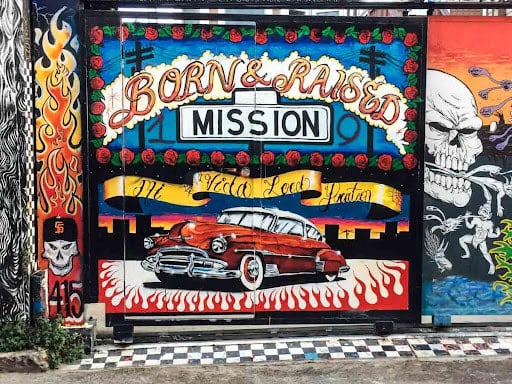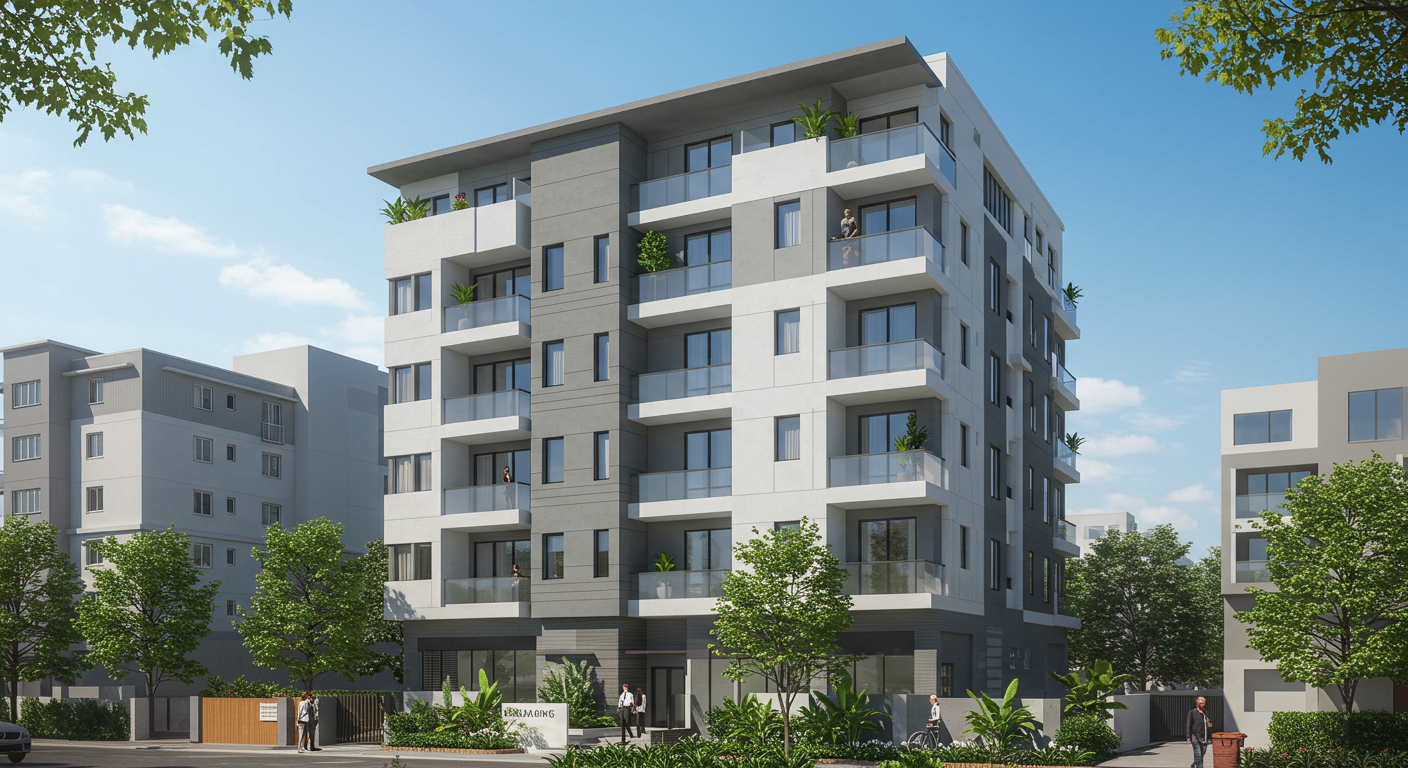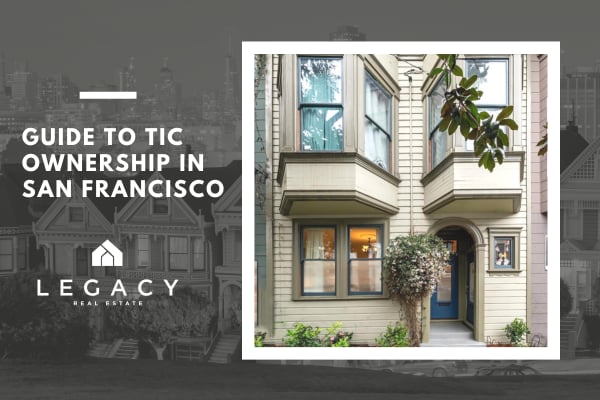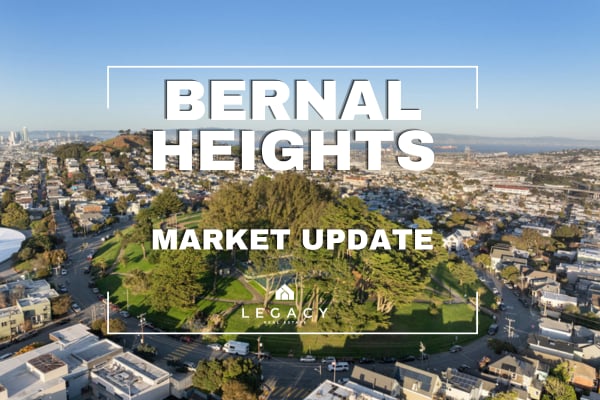Uncovering the Architectural Marvels of San Francisco's Mission District
February 8, 2024

February 8, 2024

Scott Conway, San Francisco Resident & Realtor
San Francisco’s most colorful and diverse neighborhood is the Mission District. It is a vibrant and culturally rich neighborhood celebrated for its people and architectural tapestry. I invite you to embark on a journey with me through the enchanting streets of the Mission District, where a captivating fusion of architectural styles stands as a testament to its storied history and constant evolution.
The Mission District derives its name from the historic Mission San Francisco de Asís, also known as Mission Dolores, founded in 1776. Paying homage to this rich history, the Mission Revival architectural style can be found in buildings adorned with stucco exteriors, red-tiled roofs, and graceful arched doorways and windows. Many of these structures boast intricate detailing and wrought ironwork, enhancing their timeless appeal. A terrific example of this style is located at 880 Ashbury Street. Its wonder has emanated since being built in 1908.
In the Mission, at 3543 18th Street between Valencia and Guerrero lies the Women's Building. Designed by Bay Area architect Reinhold Denke it shows the Mission Revival characteristics of shaped mission dormers and parapets, smooth stucco walls, red-tiled roof, and bell-shaped towers.
The Mission District's landscape beautifully showcases the Victorian and Edwardian architectural styles that flourished during the late 19th and early 20th centuries. Victorian homes charm passersby with their ornate woodwork, vibrant color palettes, and playfully asymmetrical facades. In contrast, Edwardian residences exude elegance through cleaner lines and more understated ornamentation, marking the transition from the opulence of the Victorian era to a refined simplicity. One of my favorites in the area is 959 S. Van Ness.
As the Mission District continued to evolve, the Art Deco style left an indelible mark during the 1920s and 1930s. This distinctive style is celebrated for its geometric precision, streamlined designs, and innovative use of materials such as glass, steel, and concrete. Seek out Art Deco elements in the district's theaters, storefronts, and apartment buildings, where intricate metalwork and symmetrical patterns transport you to the era's essence.
Tudor architecture, characterized by its distinctive timber framing, steeply pitched roofs, and decorative half-timbering, is not as prevalent in San Francisco as some other architectural styles. However, there are some interesting aspects related to Tudor-style homes in the city as seen by this iconic Tudor at 1164 Shotwell:
Recent decades have witnessed a resurgence of modern and contemporary architecture in the Mission District. These designs favor clean lines, expansive windows, and inventive concepts. Some structures seamlessly blend modern aesthetics with historical foundations, resulting in a captivating fusion of old and new. Throughout the neighborhood, both residential and commercial spaces proudly showcase these modern sensibilities, contributing to the ever-evolving urban tapestry.

While not conforming to a conventional architectural style, the Mission District has earned global renown for its vibrant murals and street art. These striking expressions of art adorn building facades and public spaces, infusing the neighborhood with vivid colors and boundless character. These murals not only showcase artistic talent but also tell powerful stories of the community's culture, history, and social issues, making them integral to the Mission's visual identity.
San Francisco's Mission District serves as a treasure trove of architectural diversity, a reflection of its storied past and ever-unfolding transformation. Whether you're meandering through the enchanting streets, admiring the timeless allure of Mission Revival structures, exploring the intricate details of Victorian and Edwardian gems, or marveling at the innovation of modern and contemporary designs, the Mission District offers something to captivate every architecture enthusiast.
Here, architecture isn't merely about buildings; it's a mirror reflecting the community's identity, where tradition and innovation dance in a dynamic harmony. As you explore this unique San Francisco gem, take a moment to appreciate the stories told through vibrant murals and street art, narratives of resilience, creativity, and the indomitable spirit of the Mission District.
The Mission District’s architecture tells the story of San Francisco’s growth, creativity, and resilience. If this deep dive sparked your curiosity, these related reads explore how design, history, and everyday life intersect across the city’s most character-rich neighborhoods.
Victorian Splendor: Unraveling San Francisco’s Painted Ladies
https://legacysfhomes.com/blog/victorian-splendor-unraveling-san-franciscos-painted-ladies
Bay Area Homes: Spotlight on San Francisco Edwardians
https://legacysfhomes.com/blog/bay-area-homes-spotlight-on-san-francisco-edwardians
Bernal’s Iconic Half Houses
https://legacysfhomes.com/blog/bernals-iconic-half-houses
Neighborhood Highlights: Living in the Mission
https://legacysfhomes.com/blog/neighborhood-highlights-living-in-the-mission
Embrace the Vibrancy: The Perfect Day in the Mission District
https://legacysfhomes.com/blog/embrace-the-vibrancy-the-perfect-day-in-the-mission-district
Discover Bernal’s Southeast Corner
https://legacysfhomes.com/blog/discover-bernals-southeast-corner
A Local’s Tour of Bernal Heights Eateries and Restaurants
https://legacysfhomes.com/blog/a-locals-tour-of-bernal-heights-eateries-and-restaurants
Sowing Seeds of Time: The History of Alemany Farmers’ Market
https://legacysfhomes.com/blog/sowing-seeds-of-time-the-bountiful-history-of-san-franciscos-alemany-farmers-market
Distinctive design often plays a role in buyer demand and long-term value. To see how that translates into real outcomes:
Past Sales
https://legacysfhomes.com/past-sales
Get a Free Home Valuation
https://legacysfhomes.hifello.com/lp/6807c64d16e6be002cb38fe7
Stay up to date on the latest real estate trends.

January 6, 2026
In December, there were 24 single family and condo home sales in Pacifica.

January 2, 2026
A Beginner-Friendly Guide to TIC Ownership in San Francisco

January 2, 2026
Last month, single-family homes closed at an average of $1,007 per square foot.

December 23, 2025
November data shows a tighter market - higher median prices, fewer listings, and faster sales across San Francisco.
You’ve got questions and we can’t wait to answer them.